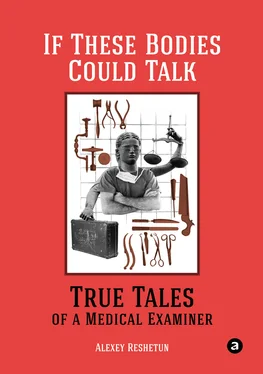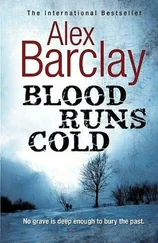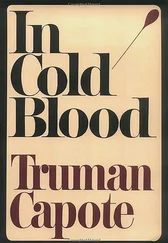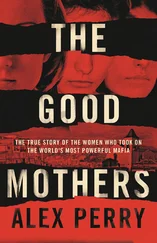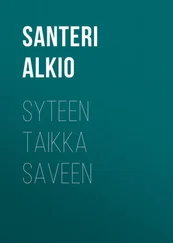Alexey Reshetun
If These Bodies Could Talk: True Tales of a Medical Examiner
Alpina
4 thMagistralnaya 5, bld. I
Office 159-169
123007, Moscow, Russia
International@alpina.ruInternational@alpina.ru
Managing Editor: Marina Krasavina
Project Editor: Natalia Pepelina
Translator: Sonja Swenson-Khalchenia
Copyeditor: Kevin Bridge
Proofreaders: Karen O'Donnell, Beth Dymond
Cover design: Yuri Buga
All rights reserved. No part of this book may be reproduced in any form or by any electronic or mechanical means, including information storage and retrieval systems, without written permission from the publisher, except by a reviewer who may quote passages in a review.
Copyright © 2021 by Alexey Reshetun
© Electronic edition. Alpina, 2022
Alexey Reshetun
If These Bodies Could Talk: True Tales of a Medical Examiner / Alexey Reshetun; – M.: Alpina, 2021.
ISBN 978-5-9614-7711-5
* * *
To my colleagues – the forensic medical examiners at the Moscow Forensic-Medical Bureau.

FOREWORD TO THE NEW EDITION
It has been over a year since the first edition of my book was published. During that time, I have given many talks in several cities, given media interviews, and even been recognized in the street a few times (I am famous!). I have received over one hundred letters, both emails and handwritten, two of which invited me to join an organization to save the universe, the others simply expressing gratitude. I answered all of them, other than the two from another realm. It is nice when all kinds of people you do not even know like your work. That was a new feeling for me, something I was not used to. Before the first edition came out, I had no idea what kinds of things readers would share with me. I learned that many of them were really interested in finding out more about my specialty, that they were able to look beyond old prejudices, and some were even able to re-evaluate their lives. It would seem that my work was done. After all, the book came out, and people liked it. But, my dear readers, you have rightly pointed out to me that some things were missing from the book. I have tried to include them all here.
In this new edition, I will talk about the many types of tools we use at work. Each of them has a specific purpose. I will also talk about what we do in the lab, about exhumations, motorcycle injuries, dismemberment, and iatrogenesis, and, finally, about some of my favorite students.
Some chapters include case studies and quotes from real criminal cases.
I am always open to hearing from you. And I would be grateful if, after reading my book, you send me a few lines letting me know what you think. Email mossudmed@gmail.comor Instagram @mossudmed.
Once upon a time, when I was a boy, I saw the three-volume Atlas of Human Anatomy [1] Rafail Sinelnikov. Atlas of Human Anatomy . Moscow: Mir Publishers, 1988.
by Raphael Sinelnikov at my parents' friends' house. I got carried away by the book and its realistic drawings and Latin inscriptions. I could not understand a thing, but the words sounded so mysterious and fascinating. I was too young to be thinking about a career in medicine, but I knew that I was deeply interested in the human body, and the way that every single detail has been designed so carefully.
Then I enrolled at the Omsk Medical Institute, which was renamed Omsk State Medical Academy just two years later (today, it is known as Omsk State Medical University). In Omsk (thanks, in part, to the excellent professors of the general anatomy department), I decided to specialize in this particular field of medicine. Even now, at Omsk State Medical University, there is an anatomical preparation [2] Anatomical preparations – natural or artificially prepared parts of the human or animal body.
of upper extremity blood vessels and nerves in a formalin bath, prepared by me under the watchful eye of the admirable Professor Vladimir Rublev. After Omsk, fate took me to the challenging city of Chelyabinsk, where I completed my studies over the next four years, and where I delved into the most interesting topics, such as topographic anatomy and pathological anatomy. I also began specializing in forensic medicine there. In 1997, the Department of Forensic Medicine was a sad sight, with boring classes and absolutely no scientific community. But we learned Vitaly Kryukov's textbook by heart, and by my fifth year, I knew what I wanted to do. I met Professor Pyotr Novikov, who only strengthened that decision. Then, I could not have imagined that I would one day be lucky enough to work in the same department as Professor Kryukov and so many other wonderful professionals whose books I read in medical school and as an intern. If someone had told me that one day I would rub shoulders with Evgeny Kildyushov, Evgeny Tuchik, Ivan Buromsky, Natalia Kachina, Yuri Solokhin, Natalia Selyutina, and Oleg Kriger, I would have never believed them.
But, as they say, man proposes, but God disposes. In 2006, I landed in Moscow, and I hope that is where I will stay. I work in the best forensic medical bureau in Russia – the Moscow Medical-Forensic Bureau. This bureau is Russia's most advanced forensic institution, with enormous labs, departments, and top professionals.
Over the last decade, so much has happened in my personal and professional life, but the one constant is that I have always studied. I have studied with people, some of whom are no longer with us, and I have studied books. I have a personal library of over one hundred forensic medical books, some of them dating back to the 1800s, and others are recent editions. Some of them have ink or pencil notes in the margins, left by their previous, nameless owners, and others have been restored. I have helped write a couple of them. To me, a book is always so much more than sheets of paper bound together.
And I had never thought that, one day, I would be asked to write a book of my own.
WHO IS THIS BOOK FOR?
It all began in 2011, when I discovered LiveJournal and created my own page, mossudmed.livejournal.com. At the time, I had been working as a medical examiner for about eleven years, and I had formed a set of views on human life, health, bad habits, and human vices.
I had decided that I would share my professional observations on LiveJournal, with occasional illustrations to help explain things. I did not do anything to promote my blog, but over five years, its readership grew, and it is now consistently among the top ten blogs in the Moscow region, and the top twenty blogs in Russia.
The blog's popularity grew to the point that Alpina Publishing House's Deputy Editor-In-Chief, Irina Gusinskaya, approached me with an offer to write a book. Thanks to her incredible enthusiasm and support, my book became a reality.
Medical examiners work between the earthly realm and that which has yet to be. We have a front-row seat to the way people sometimes forget to value their present life or think about the future. Medical examiners get up close and personal with the destruction wrought by nicotine, drugs, and alcohol. Most people have no idea of what those poisons are capable of doing, and as a society, we often turn a blind eye to certain bad habits.
I would like that, after reading my book, people are able to take a step back and see themselves from the outside, and take care to avoid having a hand in reducing the time they have with us in this world. I hope that the information in this book will help my readers preserve their health, and the health of their loved ones.
Читать дальше
